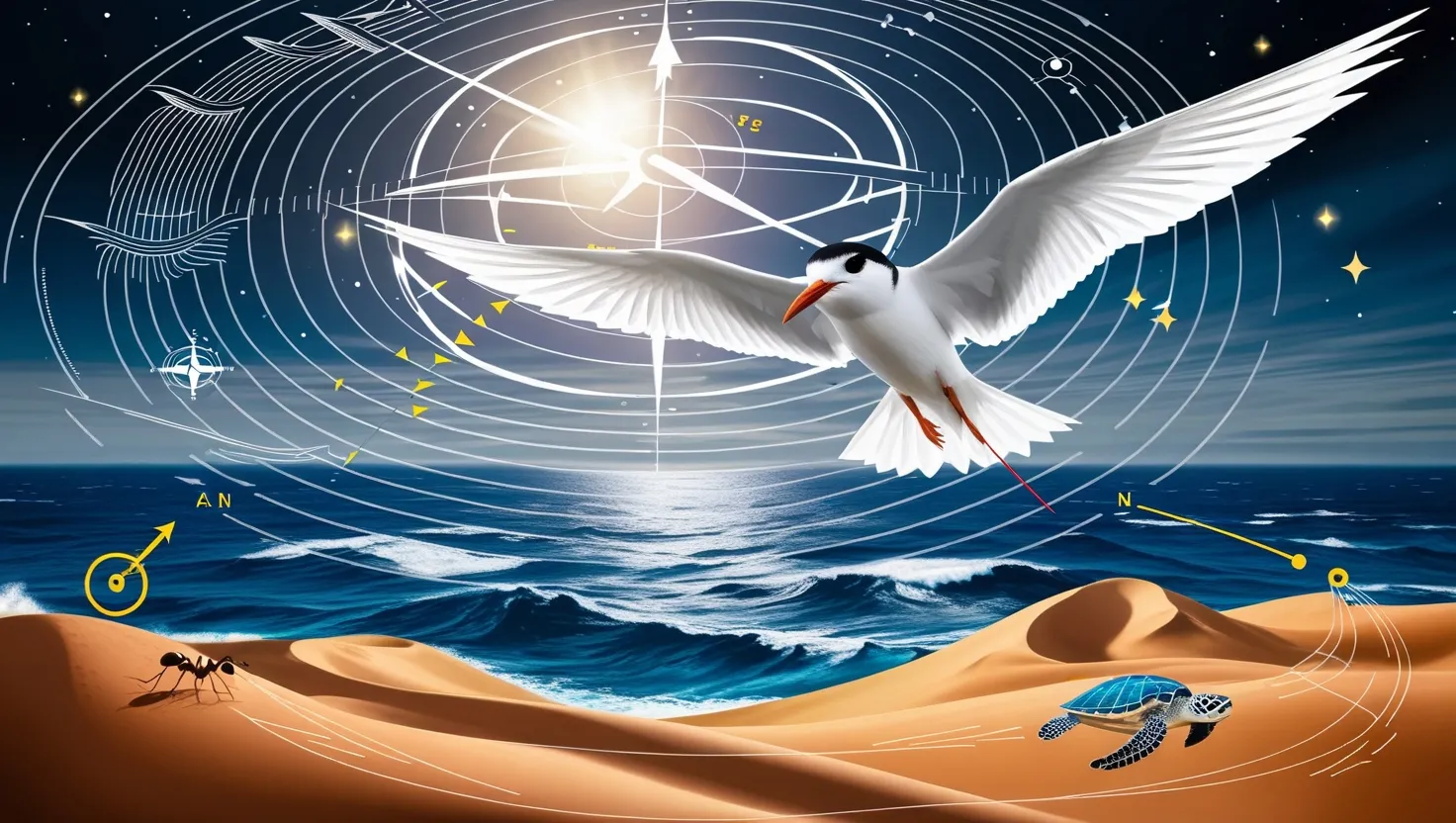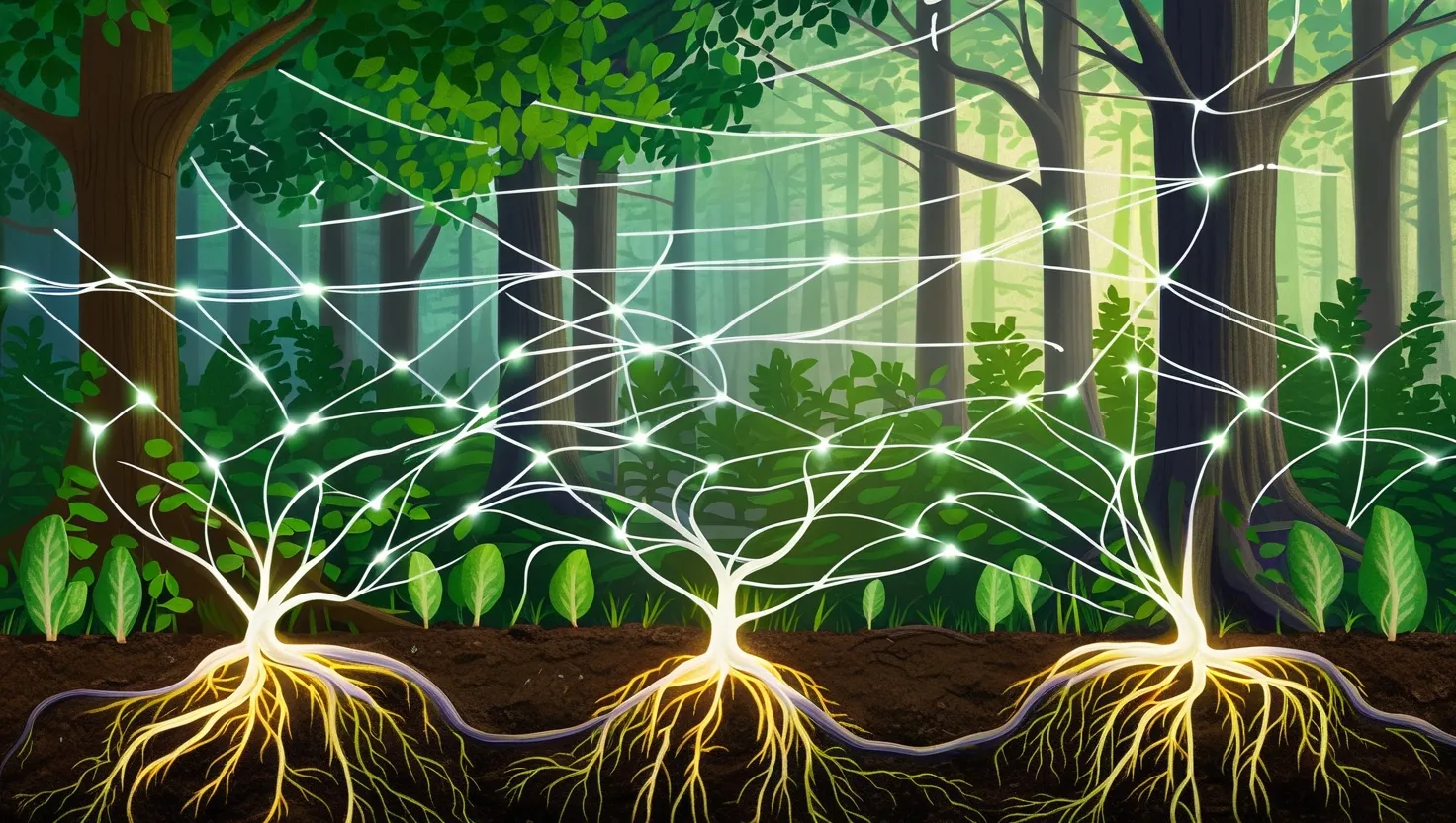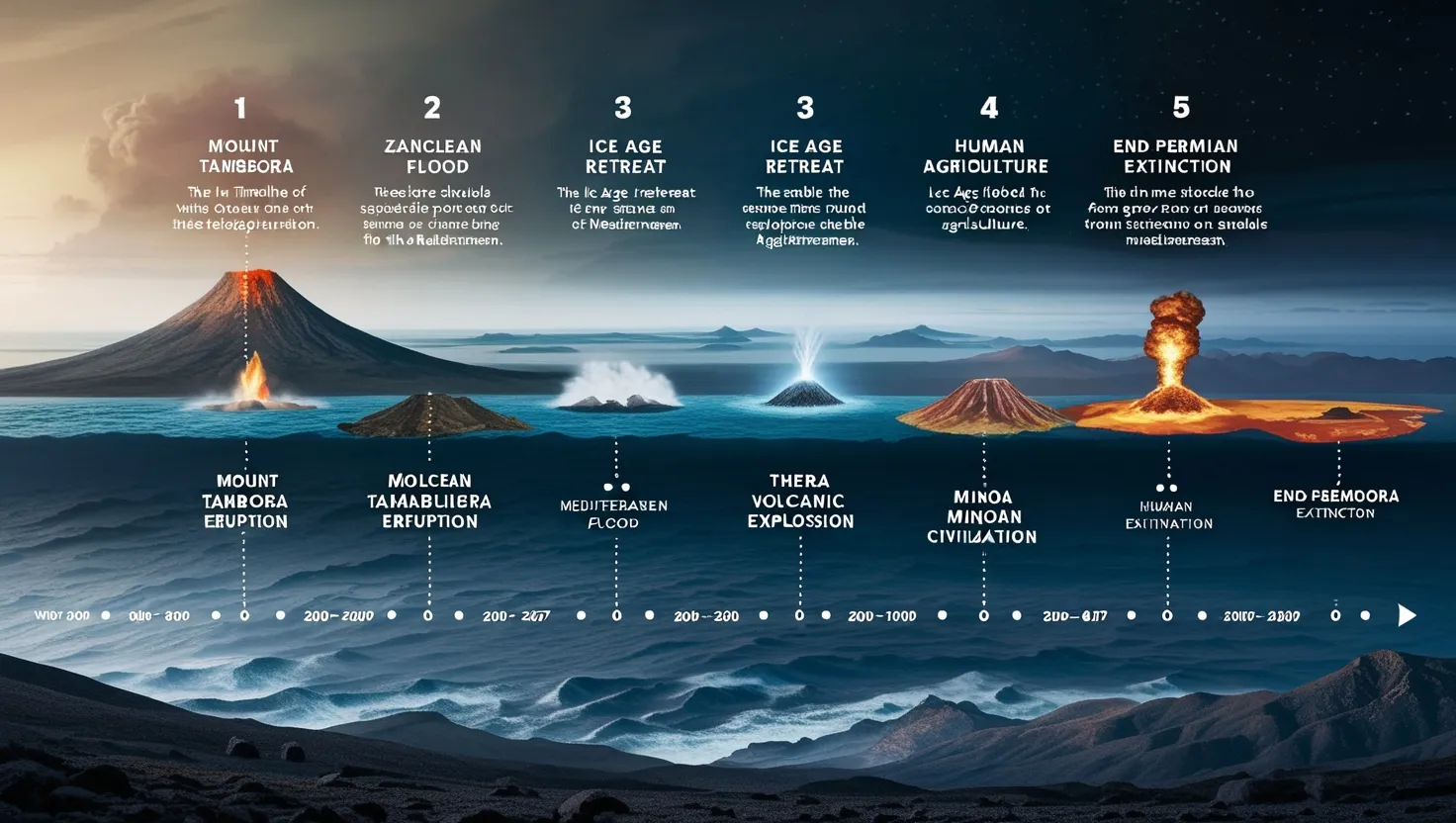**5 Mind-Blowing Brain Discoveries That Completely Changed How We Understand Human Consciousness**
Discover 5 groundbreaking neuroscience discoveries that changed our understanding of the brain forever. From personality changes to neuroplasticity, explore the mind's hidden secrets and what they mean for you.

How 5 Geometry Breakthroughs Transformed Our World From Ancient Egypt to Modern Technology
Discover how geometry shaped civilization from ancient Egyptian surveyors to Einstein's relativity. Explore 5 revolutionary moments that transformed our understanding of space, reality, and modern technology.

How Animals Navigate Without GPS: Nature's Most Advanced Navigation Systems Revealed
Discover how animals navigate vast distances using magnetic fields, star patterns, and hidden senses that outperform human technology. Learn nature's secrets today.

**How 5 Revolutionary Materials Changed the Course of Human Civilization Forever**
Discover how 5 transformative materials—flint, bronze, concrete, steel, and silicon—shaped human civilization. From ancient tools to modern technology, explore materials that changed history.

From Fourier to Modern Attribution Science: How Key Climate Discoveries Transformed Our Understanding of Earth
Discover how climate science evolved from simple questions to revolutionary insights. Learn about key discoveries from Fourier to modern attribution science that transformed our understanding of Earth. Read more.

**From Ancient Greek Gears to WWII Codebreakers: How Early Computing Pioneers Shaped Our Digital World**
Discover the fascinating origins of computing from ancient Greek devices to WWII codebreakers. Explore how early inventors shaped our digital world. Learn computing history today!

How Plants Secretly Communicate: 5 Groundbreaking Discoveries That Reveal Nature's Hidden Language
Discover how plants communicate through chemical signals, underground networks, and memory. Learn the shocking science behind plant conversations that's changing biology forever.

5 Navigation Breakthroughs That Changed Maritime History and Shaped Modern Travel
Discover how 5 revolutionary navigation breakthroughs transformed human exploration—from Polynesian wayfinding to GPS. Learn how these innovations changed the world forever.

5 Historic Observatories That Revolutionized Our Understanding of the Universe Forever
Discover 5 historic observatories that revolutionized astronomy—from India's stone Jantar Mantar to Chile's ALMA telescope array. Explore how each breakthrough changed our cosmic perspective and scientific understanding forever.

Ocean Discoveries That Revolutionized Science: From Hydrothermal Vents to Climate Secrets
Discover how groundbreaking ocean discoveries like hydrothermal vents, thermohaline circulation, and deep-sea giants revolutionized our understanding of Earth. Explore marine breakthroughs that changed science forever.

5 Ancient Engineering Breakthroughs That Secretly Built Modern Civilization
Discover 5 engineering feats that quietly reshaped civilization: Roman aqueducts, steam engines, reinforced concrete, synthetic fertilizers, and computer chips. Learn how these innovations transformed cities, industry, and daily life across millennia.

**Famous Archaeological Discoveries That Changed History Through Pure Accident and Chance**
Discover how accidental archaeological finds like the Terracotta Army, Dead Sea Scrolls, and Ötzi the Iceman transformed our understanding of history through pure chance and serendipity.

Earth's Geological Game-Changers: 5 Events That Shaped Human History
Discover how 5 major geological events fundamentally altered human civilization. From volcanic eruptions to ice ages, learn how Earth's physical forces shaped societies, migrations, and cultural development. #Geology #History
